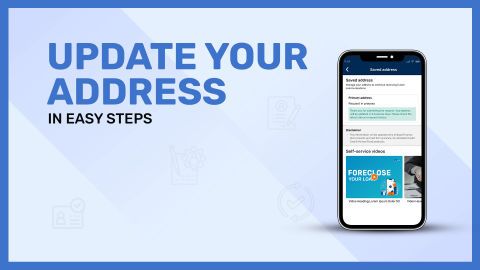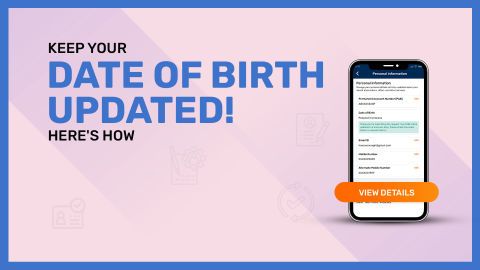Loan settlement is a financial arrangement where a borrower negotiates with the lender to pay off a loan for a reduced amount, typically due to financial hardship. This process helps borrowers avoid legal actions and reduce their debt burden. However, loan settlement impacts credit scores and future borrowing ability. It is usually a last resort when the borrower is unable to meet the original repayment terms. Lenders agree to settlements to recover part of the outstanding amount instead of facing complete defaults. Understanding the loan settlement process, its benefits, and its consequences is crucial before making a decision. Borrowers must assess their financial situation, communicate openly with lenders, and explore alternative solutions like restructuring before opting for settlement. Proper documentation and negotiation skills play a vital role in achieving a favorable settlement. Seeking professional financial advice can also be beneficial in navigating this complex process effectively.
Steps to transfer business loan account ownership
Submit a request to the lender
Contact the lender and express your intent to transfer loan ownership.
Submit a formal request mentioning the reason for the transfer.
Ensure that the potential new borrower meets the lender’s eligibility criteria.
Be prepared for a detailed review process by the lender.
Provide necessary documents
Identity and financial documents of the new borrower.
Business financial statements, profit & loss reports, and tax returns.
Business ownership documents, if applicable.
A letter of consent from all involved parties confirming the transfer request.
Any additional documents as required by the lender.
Lender’s verification and approval process
The lender evaluates the financial health of the new borrower.
A credit check is performed to assess repayment capability.
Business performance is analyzed to ensure loan sustainability.
The lender may request additional documents or clarifications.
Approval is granted once all conditions are satisfied.
Signing the revised loan agreement
A new loan agreement is drafted reflecting the change in ownership.
Both the current and new borrowers sign the updated agreement.
The lender officially transfers the loan liability to the new borrower.
The borrower must ensure they understand the revised terms and conditions.
All necessary legal and financial formalities are completed.
Transferring a business loan account requires careful planning and adherence to lender requirements. Ensuring a smooth transition minimizes risks and allows the new borrower to take over the loan seamlessly.
Documents required for business loan ownership transfer
| Document Type | Description |
| Identity Proof | PAN Card, Aadhaar Card, or Passport of the new borrower |
| Address Proof | Utility Bill, Rental Agreement, or Bank Statement |
| Business Financials | Profit & Loss Statements, Balance Sheets, and Tax Returns |
| Business Registration Documents | Certificate of Incorporation, GST Registration, or Trade License |
| Loan Agreement | Copy of the existing loan agreement and related documents |
| No Objection Certificate (NOC) | Written consent from the current borrower and lender |
| Credit Report | CIBIL report of the new borrower to assess financial stability |
| Income Proof | Salary slips, bank statements, or ITR filings of the new borrower |
| Additional Documents | Any other documents requested by the lender based on specific cases |
Having all required documents prepared and verified in advance helps speed up the loan ownership transfer process and ensures a smooth transition.
Processing time & charges for business loan ownership transfer
The time taken for processing a business loan ownership transfer varies depending on the lender’s policies, the complexity of the case, and the responsiveness of all parties involved. Generally, the process takes anywhere between 15 to 45 days. It involves document submission, verification, credit assessment, and finalizing the revised loan agreement.
Lenders typically charge a processing fee for ownership transfer, which can range from 1% to 3% of the outstanding loan amount or a fixed administrative fee. Additional costs may include legal fees, documentation charges, and stamp duty, depending on state regulations. If the new borrower has a lower credit score or financial instability, lenders may charge a higher fee or impose stricter terms.
To avoid delays and extra costs, it is advisable to have all required documents ready, ensure the new borrower meets the lender’s eligibility criteria, and maintain clear communication throughout the process.
Alternative solutions if ownership transfer is not allowed
If the lender does not allow the transfer of business loan ownership, borrowers can explore other options to manage their financial obligations effectively.
Refinancing the loan: The current borrower can apply for a new loan under the new borrower's name, using the funds to pay off the existing business loan.
Loan restructuring: Borrowers can negotiate revised repayment terms with the lender, such as extended tenure or lower interest rates, to ease financial stress.
Co-borrower or guarantor addition: If the new borrower qualifies, they can be added as a co-borrower or guarantor, sharing repayment responsibility.
Selling the business assets: If the loan is linked to business assets, selling them to generate funds for loan repayment can be an option.
Debt consolidation: The borrower can merge multiple debts into a single loan with better repayment terms to reduce financial burden.
Discussing settlement terms: If repayment is a challenge, negotiating a partial settlement with the lender may be an option, though it can impact credit scores.
Exploring these alternatives ensures that the business loan remains manageable while adhering to lender policies.
Conclusion
Successfully transferring a business loan requires thorough preparation, clear communication, and adherence to lender guidelines. Ensuring all necessary documents are in place and exploring alternative solutions if direct ownership transfer is not permitted can simplify the process. Borrowers should also maintain a structured business loan repayment schedule to avoid financial setbacks. Additionally, tracking financial obligations through a bajaj business loan statement ensures better financial management. By staying informed and proactive, borrowers can smoothly navigate the complexities of loan ownership transfer and maintain financial stability.




